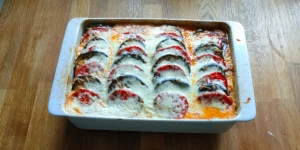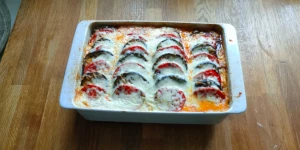
Мусака - Bulgarian musaka
Jump to recipe
Moussaka is probably the most popular dish in the Balkans. It is considered a traditional dish in every Bulgarian home. Every family has its favorite proportions of vegetables and meat. There are also versions with added carrots. In some cases, no glaze is used. It all depends on the region.
The origin of this dish dates back to the Ottoman Empire, which occupied much of the Balkans and Greece. Although the Greek version is the most famous, it is worth trying regional varieties. They have something about them that gives the dish a unique character.
This recipe is more general and was brought back from a visit to the Burgas area. I actually came across two variations of the recipe. The alternative recipe does not include eggplant slices or chopped tomatoes. It is more simpler and faster. But, I wanted to include a more extensive version that, in my opinion, is richer in taste. If anyone knows a more regional recipe, we'd love to try it.
Recipe informations:
Ingredients
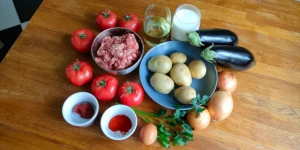
- 0.5 kg of lamb (or beef neck), minced
- 500-600 g of potatoes
- 1/2 cup of oil (125 ml)
- 3 small onions
- 2 teaspoons of tomato paste
- 5 tomatoes
- 2 eggplants
- 2 tablespoon of parsley, finely chopped
- 2 teaspoon of sweet paprika, ground
- 1/2 teaspoon of pepper, freshly ground (I prefer more - about 1 teaspon, but it's a matter of taste)
- 1 cup of milk or yogurt (250 ml)
- 1 tablespoon of flour
- 1 egg
- 2 tablespoons of grated cheese
- salt to taste
Steps
1. Step
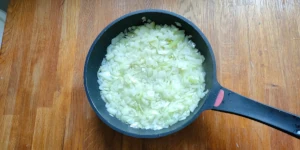
2. Step
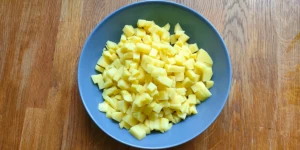
3. Step
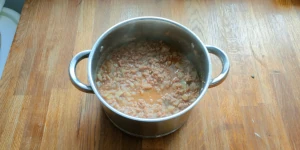
4. Step
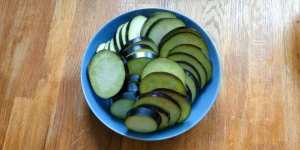
5. Step

6. Step
7. Step
